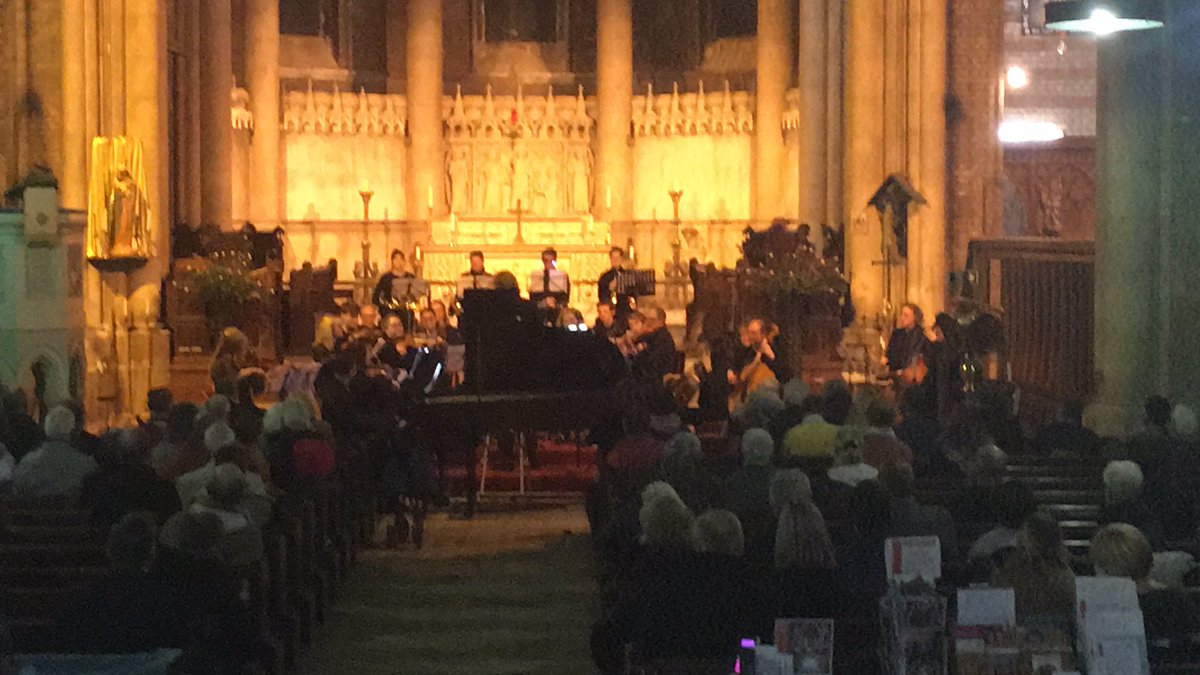JEAN SIBELIUS – WORKS FOR VIOLIN AND PIANO
FENELLA HUMPHREYS, violin
JOSEPH TONG, piano
RESONUS RES10294 67’32
Another release of lesser known repertoire from Sibelius, although it appears that the violin did have an important role in much of his music . This well constructed programme links early works with his last two sets of pieces for this genre. Fine performances by Fenella Humphreys and Joseph Tong.
JOSEPH PHIBBS – JULIANA
ZOE DRUMMOND, soprano, REBECCA AFONWY-JONES, mezzo, FELIX KEMP, baritone
NOVA MUSIC ENSEMBLE, GEORGE VASS, conductor
RESONUS RES10290 78’43
This recent one act chamber opera (2018) is based on a play by August Strindberg and features libretto by Laurie Slade. This world premiere recording brings to life once more a story written over 130 years ago that seems to be incredibly up to date, or perhaps simply timeless, with its themes of money, power, immigration and sex.
GOTTLIEB MUFFAT – SUITES FOR HARPSICHORD – 3
NAOKO AKUTAGAWA, harpsichord
NAXOS 8.574098 66’39
With so much music having been recorded and released over the past few years alone it is incredible to find further world premiere recordings such as these. Written in the 18th Century these 5 Suites for Harpsichord make up the final volume of Naoko Akutagawa’s excellent series. Muffat is described here as “the most important Viennese harpsichord composer of the 18th Century”. It is good to have this music now available on CD.
BELA BARTOK – PIANO MUSIC – 8
FULOP RANKI, piano
NAXOS 8.574340 60’48
Bartok’s use of the piano continues to sound fresh and innovative decades after his death. His understanding of the capabilities of the instrument, coupled with his interest in rhythms and timbres often imported from traditional song and dance create a very expansive sound world. Here are earlier works (excerpts from For Children and Variations and the Rhapsody, Op 1) together with a slightly later set of Etudes, Op 18. A lovely collection from Fulop Ranki.
CARL MARIA VON WEBER – 6 VIOLIN SONATAS
ARNOLD STEINHARDT, violin, SEYMOUR LIPKIN, piano
BIDDULPH 85010-2
These sonatas, written in 1810, are not particularly well known but have been the source of inspiration for works of other composers including Fritz Kreisler. It is good to have the set presented here in these performances, which whilst not recent, breathe life into this neglected repertoire.
BACH & HANSON
CAMERON CARPENTER, International Touring Organ at Konzerthaus, Berlin
DECCA B0034581-02
Cameron Carpenter is an excellent musician and a wonderful ambassador for the organ. His championing of the organ as an instrument to entertain, but not in a lightweight way, makes him an important and influential performer and recording artiste. His understanding of registration and pushing the boundaries of the capabilities of the organ, in the concert and particularly the symphonic tradition is second to none. His commitment to this has resulted in his design and development of his own digital touring instrument, the organ he now uses the most and which features here in Berlin.
The combination of organist with his own incredibly versatile instrument is incredible. Despite my love of ‘pure’ organ music I really enjoyed these expertly performer-crafted transcriptions of two very diverse pieces. This CD should be welcomed by those who love organ music, those who love any good music and should also challenge those who have doubts about the capabilities and ‘validity’ of digital organs.
JS Bach’s Goldberg Variations is paired with Howard Hanson’s Symphony No 2 in D flat, Op 30 ‘Romantic’. Encore!
SP

